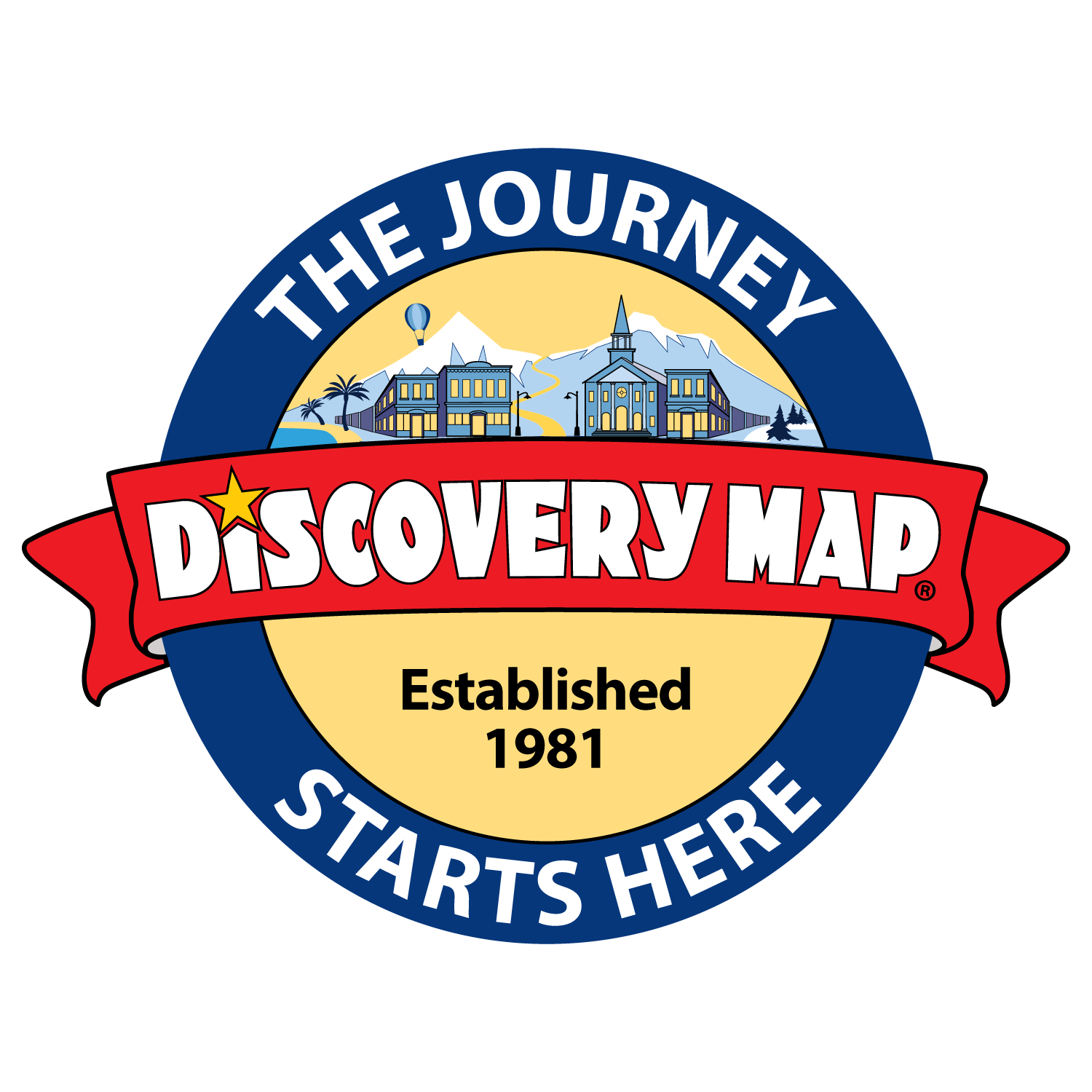Charleston History Lessons
Charleston is a hotbed of American history with varied eras easy to explore over a few days (or a week). From the founding of the Carolinas to the American Revolution, the Civil War, and WWII, as well as African-American culture, Charleston has played in integral role in this country’s history. Thus, a visit to the Holy City wouldn’t be complete without exploring the places that are part of the fabric of America.
To start at the beginning, head out to Charles Town Landing State Historic Site across the Ashley River from downtown to see the spot where a small group of English settlers landed in 1670 to begin the establishment of the Carolina colony. Now part of the impressive South Carolina State Parks system, South Carolina colonial history comes alive in the visitor center and exhibit hall, self-guided history tour, and on the Adventure, a replica of the seventeenth-century trading ship used by the first settlers.
Charleston became the Southern theater of the American Revolution as South Carolinians revolted against the British and Colonel William Moultrie defended Fort Sullivan against the British fleet during the Battle of Sullivan’s Island. Today, Fort Moultrie (as it is now known) is part of Fort Sumter National Monument and is open year-round for guided and self-guided tours.
The Antebellum period leading up to the Civil War was a heyday as Charleston flourished and the many Charleston plantations – rich in history and steeped in tradition – are a window into what life was like during that era. Drayton Hall is all about the architecture of the period and is the nation’s earliest example of Palladian building design and is the oldest preserved plantation house in America still open to the public. Boone Hall Plantation in Mt. Pleasant was a major cotton-producing estate and hosts plantation and garden tours, as well as compelling slave history and Gullah culture tours.
Magnolia Plantation is a perfect example of informal English-style gardens and is the oldest public garden in America, while Middleton Place combines many elements of traditional plantation life.
Civil War history comes alive at Fort Sumter, where the nation’s bloodiest war began in 1861 when Confederate forces fired on the Union-held stronghold. Now a part of the National Park Service and located on a man-made island at the entrance to Charleston Harbor, tours of Fort Sumter include a guided harbor tour and time at Fort Sumter to explore the museum and store. Learn more about the Civil War as you try to solve the mystery of the Hunley submarine – which mysteriously vanished after becoming the first successful combat submarine in world history.
The USS Yorktown aircraft carrier, along with the USS Laffey destroyer, USS Clamagore submarine, dozens of aircraft, and more give a glimpse into WWII history at Patriots Point Naval & Maritime Museum. Charleston Harbor Resort & Marina is a wonderful accommodations option at history-laden Patriots Point, with stunning views of the Charleston skyline and shuttle or water taxi service directly downtown.
Another great way to explore the varied historical periods of Charleston is through the many historic homes throughout the peninsula. Houses and mansions open to the public include: the Heyward-Washington House, home of one of the signers of the Declaration of Independence; the Aiken-Rhett House, depicting life in the 19th century, including its slave quarters; the Joseph Manigault House, Nathaniel Russell House, Calhoun Mansion and the Edmondston-Alston House – all of which have all been restored to show how the founding fathers lived.
Approximately half of all enslaved Africans arrived in the United States through Charleston, so it’s no surprise that the African American people, history, and culture are remembered and celebrated throughout the city. The Old Slave Mart Museum is a good place to start and learn about the roots of the enslaved community. To see reenactments of early slave life, watch the “Exploring the Gullah Culture” presentation at Boone Hall Plantation or visit the Gullah/Geechee heritage site at McLeod Plantation Historic Site. You can also listen to folktales and more during the fascinating Lost Stories of Black Charleston walking tour with Tour Charleston. Or, explore the ironwork artistry of Philip Simmons, whose talented fingerprints are found on iron gates, fences, balconies, and window grills throughout the city.
Where to Stay in Charleston if you are a history buff:
For historic accommodations, there’s the John Rutledge House Inn where John Rutledge wrote several iterations of the United States Constitution in the second-floor drawing room, or the Francis Marion Hotel, Charleston’s 1924 grand dame.


